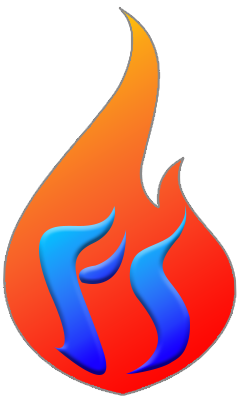NFPA 275 Spray Polyurethane Insulation & Thermal Barrier Systems • Fire Safety Redesigned
DID YOU KNOW?
What does it mean to be a monolithic, single application, fire barrier
Spray foam insulation (SPF) has historically met code by being applied behind gypsum or covered with approved, add-on thermal barriers – items like cellulosic and cementitious materials. SPF could also comply with code through “exception” methods using the lower-level ignition barrier approval (2603.4.1) or special approval testing (2603.9).
When choosing one of these methods, the questions are:
1. Which test(s) should be used?
2. Which combination of coatings or cellulose or cementitious materials should be used?
3. Over which foams?
4. At which thickness?
5. In which densities?
….a daunting task indeed.
Addressing all combinations of SPF/coating/cellulose/cementitious solutions and the appropriate paperwork required by building officials is a separate topic in itself, requiring much further research and explanation. However, understanding the add-on solutions is crucial and does need to be taught, if for no other reason than each skilled trade bears responsibility for the safety of the construction process and the end-result.
Current post-applied “exception-based” thermal barrier solutions become daunting when trying to ensure compliant, safe application. First and foremost, they need to be properly applied. Second, proper application requires third-party inspection. Next, they can only be used in “conditioned spaces;” dry, heated environments lest they are prone to field failures. Finally, as soon as that surface is breached in any way, shape or form, the fire barrier characteristic of the flammable substrate is lost.
Benefits of Monolithic Fire Performance
Firestable™ FS 2.0 monolithic SPF product passes NFPA-275 thermal barrier tests. Because the foam is a composite homogeneous solid, when it meets NFPA-275 requirements, it is a fire and thermal protective barrier throughout the complete volume of the insulation all-in-one. Having its fire characteristics throughout its complete volume means fewer steps, less cost and minimal risk versus a thermal barrier coating, cellulose, etc.
A monolithic fire barrier material will also protect against fires from the outside in, as well as fires from the inside out. Topcoats only protect one face of flammable insulation. They cannot provide unilateral fire protection from internal fires to wildfires (externally initiated fires), electrical shorts, wall fires, lightning strikes, etc.
Firestable™ - saving money, saving time, saving lives.
Call us today and we’ll show you double digit margin improvements.
Join the revolution:
Business Hours
- Mon - Thu
- -
- Friday
- -
- Sat - Sun
- Closed

Firestable Insulation Company. All rights reserved.
